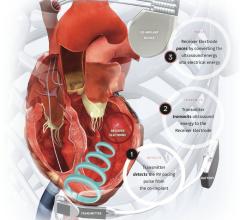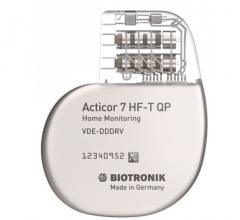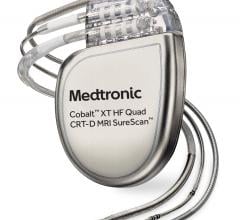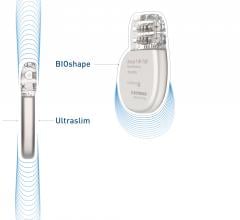March 22, 2007 — St. Jude Medical Inc. says it has received FDA approval of a new cardiac rhythm management device designed to help physicians manage heart failure (HF) patients, including patients who have or may develop atrial fibrillation (AF).
The Atlas II HF CRT-D (cardiac resynchronization therapy defibrillator) is the first U.S. heart failure device to offer the AF Suppression proprietary algorithm that helps maintain control of the heart's atrial rhythm by pacing slightly faster than the patient's natural heart rate. The AF Suppression algorithm has been clinically proven to reduce the AF burden (the percentage of days
with AF symptoms) in previous studies.
"The AF Suppression algorithm provides me with an effective non-pharmacological method for treating my heart failure patients who have AF," said Steven Greenberg, M.D., of the Cardiac Arrhythmia and Pacemaker Center, in Roslyn, N.Y. "With this novel device, I can treat heart failure, while suppressing AF."
Atlas II HF CRT-D also offers the company's QuickOpt timing cycle optimization feature, a programmer-based optimization for people with CRT-D devices and traditional ICDs that helps physicians quickly program the device's timing so it delivers optimal therapy to patients.
Other features of the Atlas II HF CRT-D are designed to help physicians manage difficult-to-treat conditions:
• DeFT Response technology and unsurpassed energy output (36 J delivered energy, 42 J stored energy) help physicians manage the unpredictably high defibrillation thresholds that affect as many as
one in eight heart failure patients.
• Remote monitoring enables device information to be downloaded and accessed from any computer with Internet access, enabling routine follow-up to be conducted from the convenience of the patient's home.

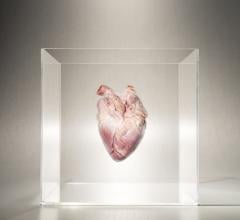
 May 22, 2023
May 22, 2023 

